Vitamin C, also known as ascorbic acid or L-ascorbate, is a vital nutrient with impressive health benefits. It is not synthesized in the human body, but is found in many foods.
We will look at the actual results of research on the biological role of vitamin C, we will look at its functions and sources, as well as situations of deficiency, the possibility of taking large doses, side effects.
What is vitamin C?
By itself, ascorbic acid appears as a white crystalline powder. It has a sour taste, soluble in water and alcohol. It is interesting that we use it in ordinary life without even suspecting it. The fact is that there are 2 forms of the so-called "ascorbine" - L and D.
- D - isoform is a food additive E315 and is used in the production of meat, fish (even frozen), beverages as an antioxidant and color fixative. But unlike many unhealthy "E's", most of which are banned in the world, E315 is safe for the human body;
- L - form C6H8O6 - the formula of one of the main substances in the human diet, necessary for the normal functioning of the body.
An antioxidant that participates in redox processes and metabolism. It's actually vitamin C.
Functions of Vitamin C
Vitamin C is responsible for vital processes in the body. Let's take a closer look at them.
Antioxidant protection of Vitamin C
Vitamin C is a powerful antioxidant, protecting cells from the accumulation of harmful molecules - free radicals. And this process happens like this: the antioxidant can donate an electron to the free radical while maintaining its stability. The second, in turn, becomes less reactive.
Arising from heavy physical exercise as well as due to chronic diseases, oxidative stress was maintained at a high level in people who did not take ascorbic acid. In addition, the vitamin is involved in detoxification in hepatocytes (liver cells) with the participation of cytochrome P450; neutralizes superoxide to hydrogen peroxide.
Collagen synthesis and muscle functions
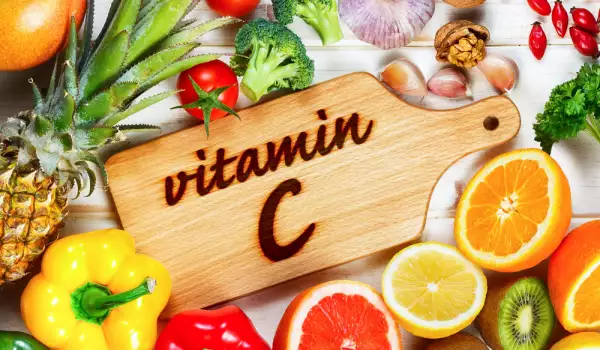
One of the main properties of ascorbic acid is its capacity for oxidation reactions. In particular, in the human body it is involved in hydroxylation - the inclusion of oxygen atoms in the synthesized substance. Thus, procollagen, subjected to oxidation due to the participation of vitamin C, takes the form of collagen. Collagen is found everywhere in the body: soft and hard tissues, muscle-tendon joints, blood vessels, etc.
Vitamin C for blood pressure control
The leading cause of death worldwide is high blood pressure. Promising results from studies of hypertensive patients who received additional doses of vitamin C showed a reduction in systolic blood pressure by 4.9 mm Hg and diastolic blood pressure by 1.7 mm Hg. Unfortunately, it is not clear whether the positive effects of taking extra doses of the vitamin will be long-lasting.
Vitamin C for immune protection
Stimulates the synthesis of interferon proteins that cells release when viruses enter the body. Participates in immunomodulation.
Vitamin C in neuroprotective action
Low levels of ascorbic acid are associated with impaired ability to think and remember, which directly depends on the synthesis of catecholamines. There is evidence of a positive effect of the vitamin in prevention of dementia and Alzheimer's disease.
Vitamin C in diabetes
The addition of ascorbic acid to the basic diabetes diet is still controversial among doctors, this issue is insufficiently studied. Vitamin C inhibits the glycosylation processes of hemoglobin and the conversion of glucose into sorbitol. Therefore, a decrease in the level of circulating ascorbic acid in the blood serum can lead to the development of hyperlipidemia in patients with diabetes mellitus.
Vitamin C for gout
A high level of uric acid in the blood is one of the main symptoms of gout. The vitamin helps reduce its levels and protects against crystal deposits in the joints.
Vitamin C in myths or reality
To date, there are many studies related to the biological properties of the vitamin. However, they are not reliable. Let's look at them.
Vitamin C in cardiovascular disease
Most interventional studies do not provide strong evidence that vitamin C supplementation provides protection against cardiovascular disease or reduces morbidity or mortality.
Vitamin C in cataract and macular degeneration
Available data from clinical trials of the disease are limited. They are also currently inconsistent.
Vitamin C in Cancer
A high concentration of vitamin C can act as a pro-oxidant and generate hydrogen peroxide, which is selectively toxic to cancer cells. Based on these findings and several case reports of patients with advanced cancer who had surprisingly long survival period after receiving high doses of intravenous vitamin C, some researchers support the use of high doses as a drug to treat cancer.
Vitamin C for colds
Probably due to the antihistamine effect of high doses of vitamin C, the duration of the common cold and the severity of symptoms are reduced. Taking ascorbic acid during a cold, however, does not bring any particular benefit.
In which foods is vitamin C present?
Certainly many people think that the richest natural source of vitamin C is citrus or kiwi. But this is far from the case.
Surprisingly, medicinal primrose contains the most – 5.9 g per 100 g of plant. This proves why it has been used in folk medicine for centuries.
Fruits and vegetables - grams of vitamin C in 100 g
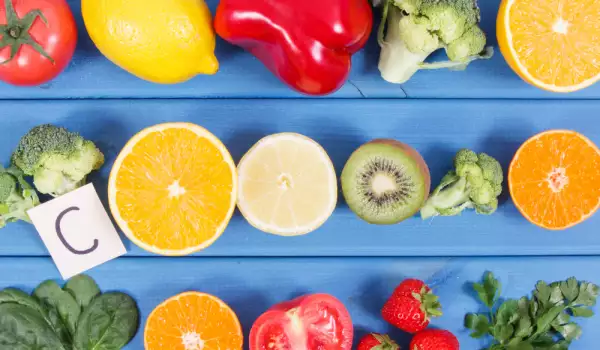
Rosehip - 1.25;
Nettle - 0.33;
Sea Buckthorn - 0.2-0.8;
Blackcurrant - 0.18;
Curly parsley- 0.16;
Brussels sprouts - 0.09-0.15;
Kale - 0.11-0.15;
Broccoli- 0.12;
Sweet paprika- 0.1-0.25;
Dill - 0.1;
Cherry - 0.1;
Rowan - 0.98;
Spinach - 0.05-0.09;
Kiwi - 0.08-0.1;
Strawberries - 0.05-0.08;
For greater clarity, lemon and orange contain approximately the same amount of vitamin C - about 0.05 g, in cranberries, avocados and apples - the same - 0.012 g.
Vitamin C is in a very small amount in animal products: in beef liver - respectively 0.04 g, in cow's milk it is in 0.001 g. Here, the plant-based diets of vegans and vegetarians significantly outperform pure carnivores.
What is the right way to eat fruits and vegetables to get the most out of them?
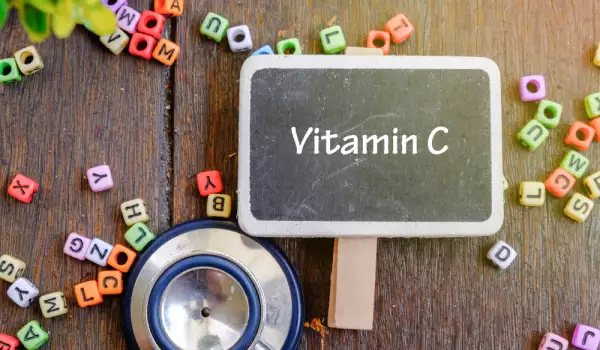
The correct use of ascorbic acid is directly related to its decomposition, more precisely to its melting point. It is 190-192°C. So if the temperature in a pan or other frying surface with the addition of fat is 140-150°C, then theoretically everything is fine with the vitamin. The more fat, the closer vitamin C is to destruction. For example, in deep fat, where there is a lot of oil, the temperature is 160-180°C. Therefore, it is best to steam, boil or bake at low temperatures.
As for primroses, if you have never used them before, be vigilant and careful with the dosage. Most vitamin C is found in the flowers and stems. They retain a high content of substances even after drying. Therefore, brew a tea and enjoy the biological activity of the vitamin in your body.
As for the chemically synthesized form of vitamin C, that is in tablets, candies and any other manufactured forms, then yes, their benefits are implied. For many decades in a row, they have been used to prevent and treat deficiency and at the same time are quite effective. That such vitamins are absorbed accurately, the scientific community does not doubt in principle. After eating a certain amount of kiwi and an equivalent dose of synthetic ascorbic acid, its content in the body will be shown in the same way.
Daily requirement of vitamin C
The recommended intake of vitamin C:
- for women 14-18 years old - 65 mg;
- for women aged 19 and over - 75 mg;
- during pregnancy - 85 mg;
- during breastfeeding – 115 mg;
- for men 14-18 years old - 75 mg;
- for men aged 19 and over - 90 mg;
- for those who smoke, the daily dose is 35 mg more than usual.
For children, adequate vitamin norms are much smaller:
- 0-6 months – 4 mg for boys and girls;
- 7-12 months – 5 mg for boys and girls;
- 1-3 years – 15 mg for boys and girls;
- 4-8 years – 25 mg for boys and girls;
- 9-13 years - 45 mg for boys and girls.
Hypovitaminosis C
The symptoms of vitamin deficiency are reduced to a severe weakness of the immune system. This is understandable, since the immunomodulating properties of the drug prevent the entry of foreign particles of viruses into the body. There is also bleeding gums, a long period of tissue recovery after damage (healing of wounds and bruises), dry skin, loss of hair and teeth, brittle nails. Due to oxidative stress, there is a weakening of muscle tonicity, rheumatoid pains in the sacrum and limbs.
Hypervitaminosis C
The effects of high intake of vitamin C are:
- decreased levels of vitamin B12 and copper ions;
- an increase in the level of iron, which causes serious damage to the heart, liver, pancreas and thyroid gland and the central nervous system;
- tooth enamel erosion;
- allergic reactions;
- indigestion, frequent diarrhea and nausea;
- the formation of kidney stones.
There are data on acceptable upper limits of the vitamin. However, it should be remembered that each organism is individual and the use of an acceptable dose of the drug can provoke an overdose.
Maximum recommended daily dose of vitamin C:
- under 1 year - not well studied, according to some sources - 25 mg
- 1-3 years – 40 mg;
- 4-8 years - 65 mg;
- 9-13 years – 120 mg;
- 14-18 years – 180 mg;
- 19+ years – 200 mg.
In cold weather in winter and during physical exertion, the need for vitamin C increases to about 250 mg per day. When sick in the active phase, these needs increase to 500 mg daily, and in some cases they reach 1000 mg.
Conclusion
The biological functionality of vitamin C is enormous. Increasing antioxidant levels, immunomodulating, improving iron absorption and reducing the risks of cardiovascular disease and dementia.
It is important to stick to the daily intake of ascorbic acid. With food or supplements - the effect will be equivalent.


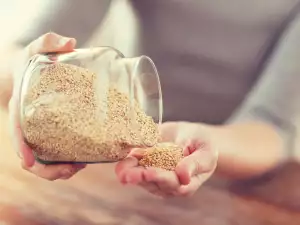




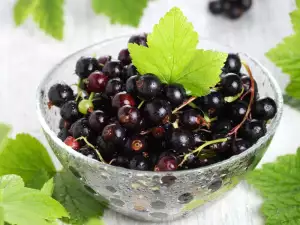
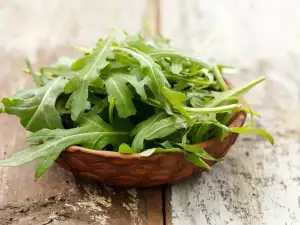


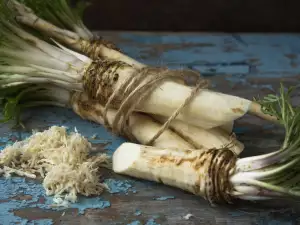

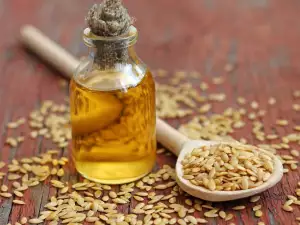






Comments